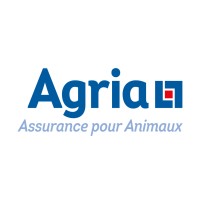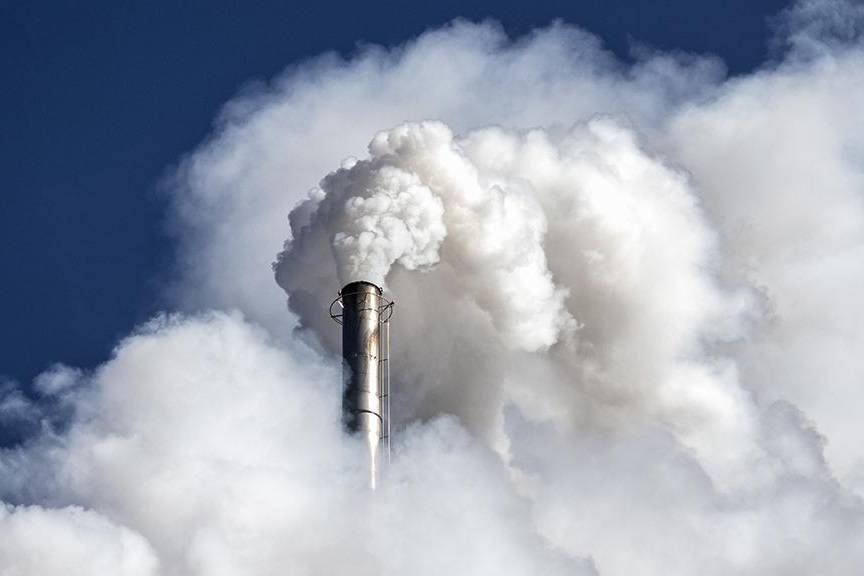30 Nov 2024

Agria
Assurance pour Animaux
The Kyoto Protocol on climate change is an international agreement aimed at reducing emissions of global warming gases.

Background
"The Kyoto Protocol on climate change is an international agreement aimed at reducing emissions of global warming gases. This instrument is part of the United Nations Framework Convention on Climate Change (UNFCCC), signed in 1992 at what was known as the Rio de Janeiro Earth Summit, and is one of the most important international legal instruments aimed at combating climate change. It contains commitments made by industrialized countries to reduce their emissions of certain greenhouse gases responsible for global warming".
Article 6 of the current Paris Agreement reflects the offset mechanism:
"Parties recognize that some Parties may choose to cooperate voluntarily in the implementation of their nationally determined contributions to achieve greater ambition in their mitigation and adaptation actions and to promote sustainable development and environmental integrity."
In summary, the Carbon Market is an offsetting mechanism where countries, organizations, companies or individuals eliminate or offset their carbon footprint in countries where their biocapacity allows (developed countries pay developing countries), emphasizing that not all countries do not generate the same carbon footprint.
Market type, emissions history, offsets and CO2 storage 2015-2023
Generally speaking, there are two types of carbon markets: regulated compliance and voluntary.
- Regulated market, compliance markets are created as a result of any national, regional and/or international policy or regulatory requirement.
- Voluntary market, national and international voluntary carbon markets refer to the issuance, purchase and sale of carbon credits on a voluntary basis.
Since the inception of carbon markets, the figures according to offsets and emissions differ between organizations.
Estimated carbon dioxide accumulation is 1,650,000,000,000,000,000 tons of CO2 (1,650 Gt/CO2) from 1750-2019, the equivalent of a sphere 116.7 kilometers in diameter (circle the island of Serdenya), and in parts per million, last measured at NOAA Mauna Loa observatory (Hawaii-USA) on 8/03/2024 at 426.10 ppm.
Failed offset mechanism?
Forest carbon offsets approved by the world's leading certifier and used by Disney, Shell, Gucci and other major corporations are largely useless and could worsen global warming, according to new research.
The investigation into Verra, the world's leading carbon standard for the fast-growing $2 billion voluntary offset market, has found that, based on analysis of a significant percentage of projects, more than 90% of its rainforest offset credits: among the most widely used by companies, are likely to be "ghost credits" and do not represent genuine carbon reductions.
The nine-month investigation was carried out by The Guardian, the German weekly Die Zeit and SourceMaterial, a non-profit investigative journalism organization. It is based on new analysis of scientific studies on Verra's rainforest schemes.
For that reason Shell withdrew from an annual $100 million offset scheme because "carbon offsets from nature-based projects were criticized for not generating the environmental benefits they promised to bring" (31-08-2023).
A light at the end of the tunnel
Countries and regions committed to a clear and transparent environmental policy approved in their respective bodies (US Congress) with its Carbon Removal Dioxide (CRD) offset plan and the European Parliament with its CRD-F Plan to eliminate carbon dioxide within the framework of the United Nations Framework Convention on Climate Change (UNFCC) and the objectives of the Paris Agreement (limiting global temperature increase by 2°).
The United States is moving forward with its CDR Plan to eliminate 40 million tons of CO2 from 2024-2035 at a price of $100 and from 2035 onwards to address gigatonnage figures.
Similarly, the European Parliament is not lagging behind and plans to follow in the footsteps of the United States in the fight against global warming.
With these actions, the aim is for other countries to limit and compensate their pollution with real projects, following the methodology approved by these two regions.
New management model
Due to the low credibility of the carbon market due to investigations by European organizations, Green Ecuador S.A. is seeking partnerships to launch in 2024 a platform that allows real-time verification of carbon credits, generating extensive information on each unit, such as geographic coordinates, economic data, distribution of benefits, employment generation, social and environmental support programs and constant monitoring using the latest technology available such as extended reality, artificial intelligence, long-range drones with LIDAR sensors, satellite technology, among others.
The proposal of Green Ecuador S.A. hopes to find in governments, companies and citizens the lost confidence in this compensation mechanism, which is so important today, since not even 20% of emissions have been covered in the last year 2023, if they do not abide by the warnings issued by organizations such as the IPCC 2021 (climate red alert) there will be no economy worldwide that can resist the onslaught of global warming, the facts are the order of the day (extreme changes in the climate), it is time to act and leave aside conversations and analysis that lead nowhere, humanity is facing the sixth extinction and does not realize it, I want to trust that there is still time to change this bitter future.
Comment
Reply